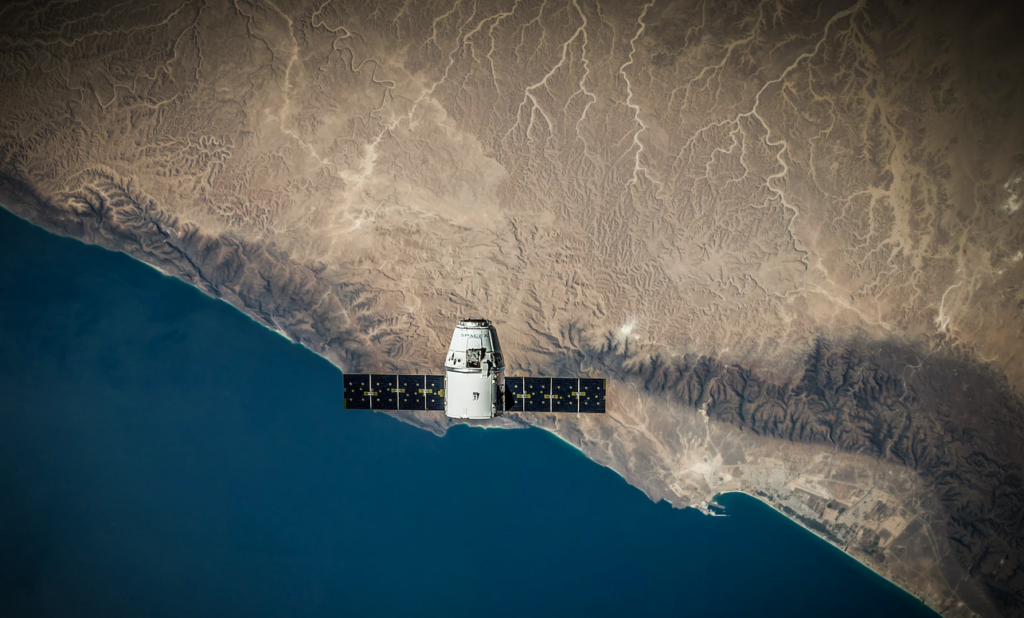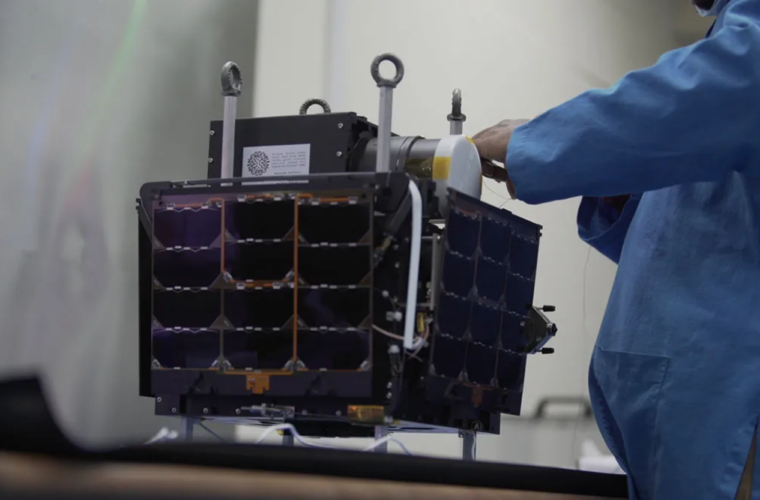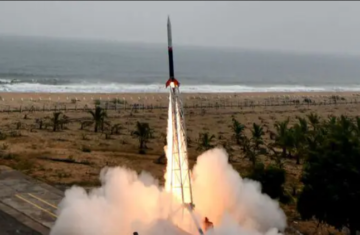Pixxel, a Bengaluru-based start-up, is set to launch its third hyper-spectral satellite, Anand, into space on November 26, using the Indian Space Research Organisation’s (ISRO) Polar Satellite Launch Vehicle (PSLV). This marks the company’s first launch from Indian soil, having previously launched two demo satellites, “Iteration-1” and “Iteration-2,” with the SpaceX Falcon-9 rocket in the US. Pixxel specializes in building hyper-spectral imaging satellites designed to capture detailed and rich images.
Weighing less than 15 kilograms, Anand can sustain over 150+ wavelengths. According to Awais Ahmed, the company’s co-founder, the satellite is capable of detecting gases, methane leaks, underground oil, pest infestations, and crop diseases early on, surpassing the capabilities of existing multi-spectral satellites. Ahmed, along with co-founder Kshitij Khandelwal, initiated the company in 2019 during their time at the Birla Institute of Technology and Science (BITS), Pilani.

Hyperspectral imaging, the technology employed by Pixxel, captures data at hundreds of wavelengths across the electromagnetic spectrum. Unlike traditional red-green-blue or multi-spectral imaging, hyperspectral imaging aims to collect the spectrum for each pixel in an image, enabling the identification of materials and objects that may not be discernible otherwise.
Pixxel is not only focused on satellite launches but also on processing the data obtained through hyperspectral imaging. The company plans to engage potential customers in agriculture, oil and gas mining sectors, and governments globally. Additionally, Pixxel aims to develop a software platform facilitating the download of data provided by the hyperspectral imaging satellites for further analysis.

The larger objective is to deploy 24 commercial hyperspectral satellites into space, forming a complete constellation. Pixxel is currently testing the first six at its facilities in Bangalore, with a targeted launch timeline in mid-2023. This constellation will ensure global coverage for Pixxel’s hyperspectral imaging satellites, offering a wide range of applications in various sectors, including environmental monitoring and resource detection.



